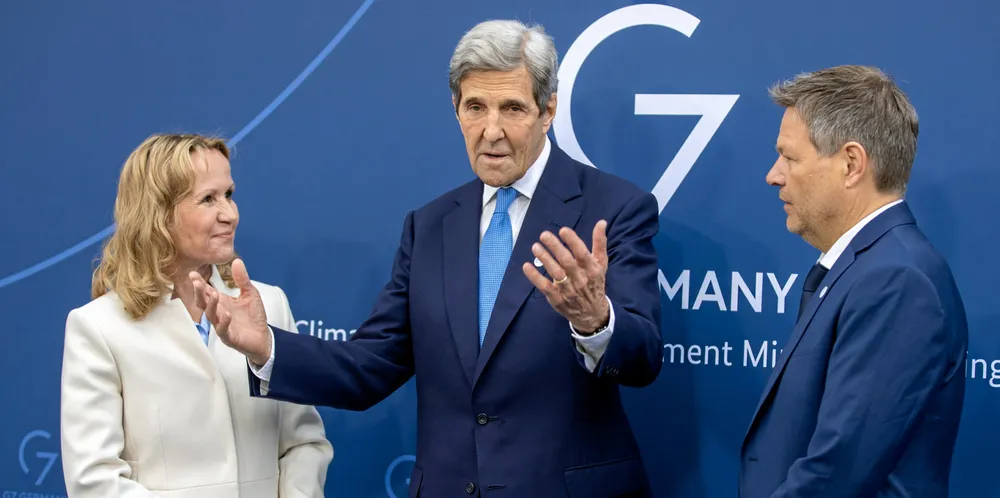'Important that markets are aligned' | US and Germany partner on offshore wind and H2 certification
Kerry and Habeck at G7 energy meeting sign joint declaration to speed up action to reach net zero

Kerry and Habeck at G7 energy meeting sign joint declaration to speed up action to reach net zero
